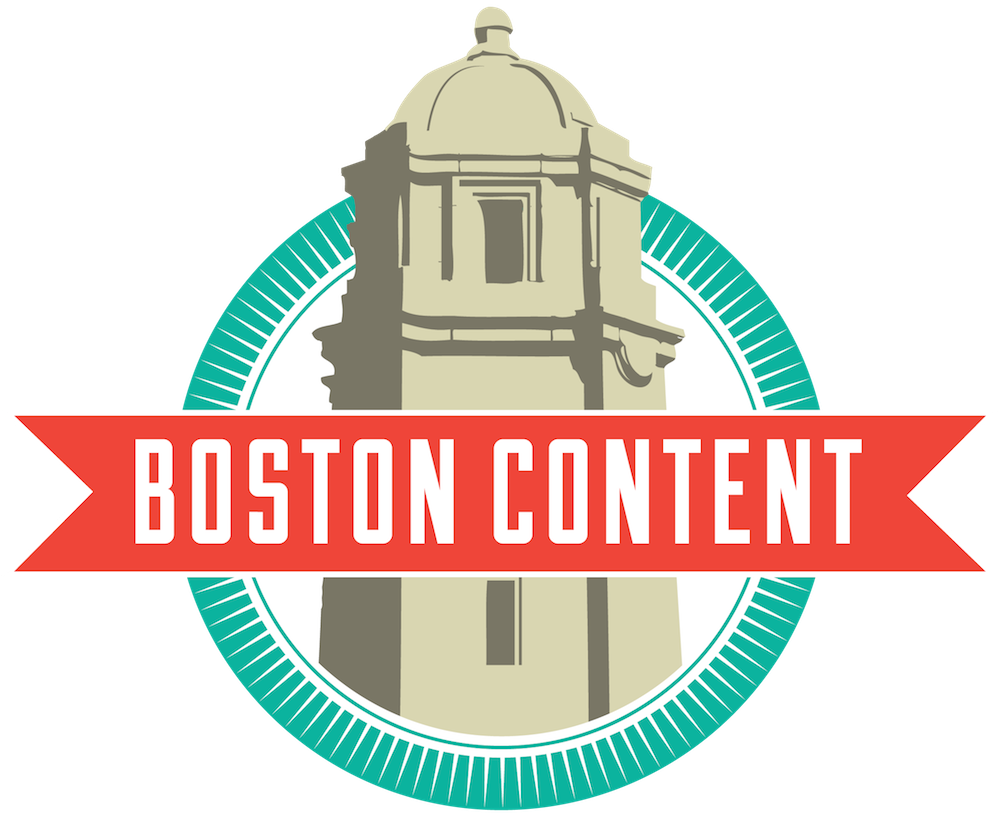Sean Malvey is a digital content marketer with a strong background in data analytics, project management, and international security (he’s a former Interpol agent). Sean currently writes for the DailySoccerDigest.
Last Thursday night, Boston Content teamed up with Wayfair to organize a panel discussion and networking event featuring some of the city’s leading content and copywriting pros. In all, 212 word nerds attended, enjoying pizza, drinks (provided by Drizly), and a whiskey tasting from Relativity.
Co-Executive Director Katie Martell welcomed the crowd, highlighting some upcoming spring #BosCon events, including a writing workshop and a field day. Martell then introduced the event’s moderator, Ann Handley, a popular marketing expert, and the WSJ best-selling author of Everybody Writes.
Handley shared some anecdotes from her life and career, then passed it over to the panelists, who were:
- Amanda Morrison (Senior UX Copy Manager at Wayfair): Worked years in various copywriting projects before honing her skill in customer journey content strategy (CS).
- Beth Dunn (Product Editor-in-Chief at Hubspot): Winning the “most circuitous career path” award for her background as a former paleontologist, chef, and romance novel editor; Dunn is now a leading figure in Hubspot’s UX and content writing space.
- Dana Young (Manager of Content Strategy at Brightcove): Worked under a variety of titles in her content marketing journey. She emphasized the importance of CS, especially in the app industry.
- Michael Baker (Senior Manager of Global Content Strategy at Crimson Hexagon): coming in a close second to Dunn on “career circuity,” Baker once worked as a farmer and pre-school teacher. He’s also the former Executive Director of Boston Content, and in his current role, he weaves meaning out of the trillions of social media data points at Crimson Hexagon.
After the panel introductions, Handley posed some questions:
Q. Is there a real difference between content & copy?
- Baker: No, not really. The audience doesn’t care. Don’t forget the goal here is always conversion.
- Rest of panel: Agreed with Mike, but also depends on your company. It can be helpful to separate the two for organizational purposes.
Q. How do you get in the mindset of the customer?
- Baker: Build legitimate customer personas. We (Crimson Hexagon) talk to our sales and customer service teams, find out what questions customers have, and build from there.
- Dunn: Live customer feedback is very helpful, also Hubspot uses a Net Promoter Score (NPS) to make decisions grounded in data.
- Morrison: Our content team holds weekly meetings to review upper and lower funnel content to vet the tone/voice of our writing. We read it out loud, and if it doesn’t sound like how you’d say it to your friend, then it gets edited.
Q. What skills are helpful to have for your career? And how did you acquire them?
- Morrison: Organizational management skills are incredibly useful for us right now. I’ve acquired these skills by reading from experts like Karen McGrane and Abby Covert.
- Dunn: I’ve had to become more globally conscious with my work because Hubspot translates its content into various languages, and has readers all over the globe. You have to be cautious what you create. What reads well here may not translate so well in another culture.
- Baker: Learn how to own the means of production, (and) you don’t need to get in line and wait. The objective is to get content published, so take on new work and teach yourself new skills.
Q. How do you choose where to insert your copywriting in the marketing funnel, especially with so many different content related touchpoints?
- Morrison: We (Wayfair) view our website as a storefront, always making sure every piece of content is clever and clear for the user.
- Young: It can definitely get blurry at times, but the same voice needs to be in all parts (email/product/corporate/website/etc.)
- Dunn: Your CS should stress the continuation of the story for the user. You don’t want the user thinking they signed up for Princess Bride, and they get the Exorcist!
In the final minutes of the discussion, the panel opened up for audience questions, many of which focused on how best to collaborate with internal departments and teams. Panelists offered advice like taking joint projects early on in the process -- not midstream -- or hosting multiple department teams in joint Q&A events, to help break silos and establish clear lines of communication.
One audience member asked, “How do you manage the hiring process when it’s time to scale up?” Morrison provided the most illustrative response by explaining that Wayfair takes a headcount each year across departments to determine if each entity is scaling at the same pace, and then her team makes hiring adjustments accordingly.
After the last question, many stayed to network, and lined up for signed copies of Handley’s popular writing guide, Everybody Writes.







